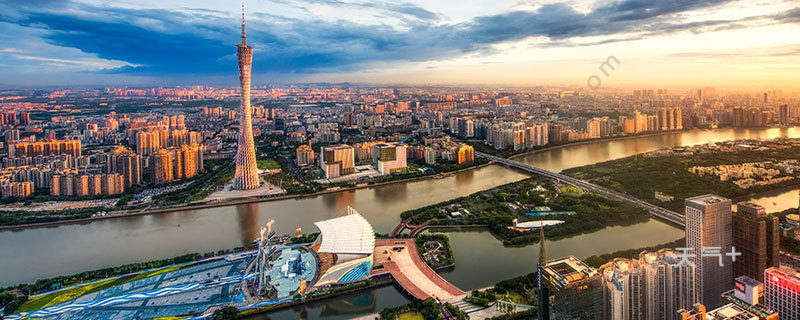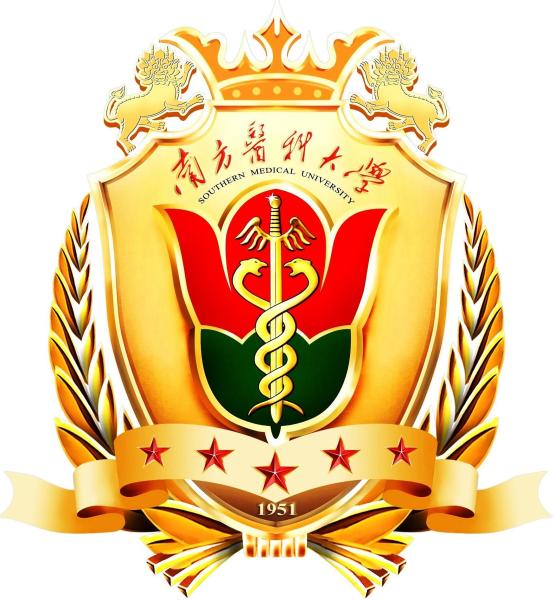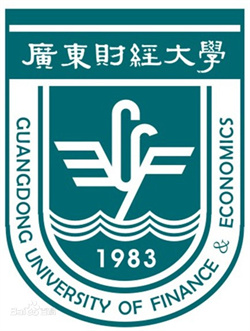Territory
China is located at the east coast of the largest continent (Eurasia) as well as the western margin of the largest ocean (Pacific). It has a land area of about 9.6 million square km, occupying 6.5 percent of the total land area of the world. From the confluence of the Heilong River and its tributary, the Wusuli River, westward to the Pamir Plateau, the distance is more than 5200 km. From midstream of the Heilong River north of Mohe, southward to Zengmu Shoal of the Nansha Islands near the equator, the distance is more than 5500 km. Its population of more than 1.3 billion accounts for approximately one-fifth of the world population...
MOREGuangdong
Brief Introduction
Facing the south China sea in the southernmost of China's continent, Guangdong Province constitutes the region through which South China's trade is primarily channeled. It is the province with the longest coastline in China. It has an area of 177,600 square kilometers with a population of more than 110 million. Guangdong is China's richest province and its GDP in 2009 reached CNY3,908,159 million, or US$572,121 million.

Location and Climate
It is bordered by the Guangxi Zhuang Autonomous Region to the west, and by the provinces of Hunan and Jiangxi to the north, and Fujian Province to the northeast, and by Hainan Province and the South China Sea to the south. Hong Kong and Macao are on the coast of Guangdong.
Guangdong features tropical and sub-tropical climates. The average July temperature is little different from temperature on the lower reaches of the Yangtze River and on the Yellow River, but the average January temperature is considerably higher, ranging from 13°to 16°C.

Transportation
Getting in and out of the city is convenient because of the well-planned transportation system. If you want to come by water, there are a series of international and domestic sea routes in ports of Guangzhou, Zhuhai and Shantou.
If you plan to arrive by air, Baiyun International Airport and other airports will offer excellent service. Of course, arriving in Guangdong by land is another option, while trains or long-distance buses are yet another alternative.
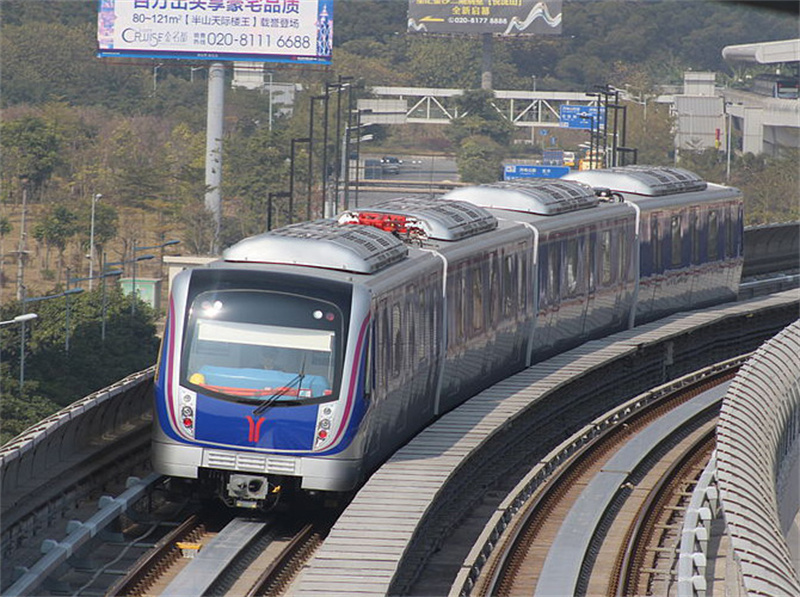
History
Guangdong was originally occupied by non-Han ethnic groups, and was first incorporated into the Chinese Empire in 222 BC. In 111 BC Emperor Wu of the Han Dynasty extended rule as far as to Hainan Island. During the five centuries of the Sui, Tang, and Northern Song dynasties from AD 581 to 1126, the military and agricultural settlement of Guangdong, coupled with increasing overseas trade through Guangzhou port. Two major southward thrust of the Han Chinese took place, one in 1126, when Jurchens captured the Song capital, the other in 1279, when Mongols subdued Song dynasty. These migrations marked the beginning of the rapid cultural development of Guangdong. The population grew so fast that by the late 17 century, Guangdong had already become an area from which emigration took place. Migrants from Guangdong moved first to Guangxi, Sichuan and Taiwan and then in mid-19th century began to pour into Southeast Asia and North America.
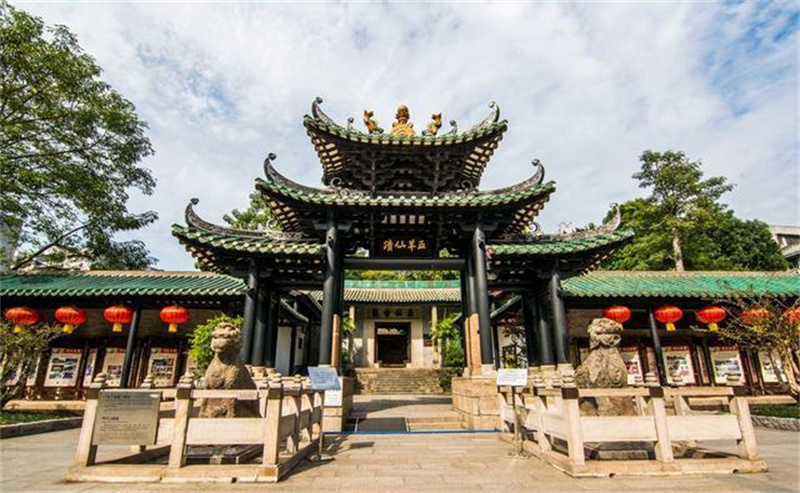
Culture and Tourism
This region is associated with Cantonese cuisine. Cantonese opera is a form of Chinese opera popular in Cantonese speaking areas. Related Yue dialects are spoken in most of the western half of the province. The Hakka people live in large areas of Guangdong, including Huizhou, Meizhou, Shenzhen, Heyuan, Shaoguan and other areas. Much of the Eastern part of Guangdong is populated by the Hakka people except for the Chaozhou and Hailufeng area. Hakka culture include Hakka cuisine, Han opera, Hakka Hanyue and sixian (traditional instrumental music) and Hakka folk songs.
Notable attractions include Danxia Mountain, Yuexiu Hill in Guangzhou, Star Lake and the Seven Star Crags, Dinghu Mountain, and the Zhongshan Sun Wen Memorial Park for Sun Yat-sen in Zhongshan.
